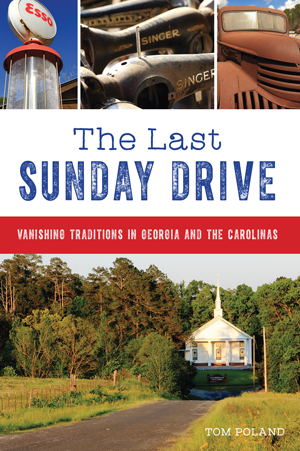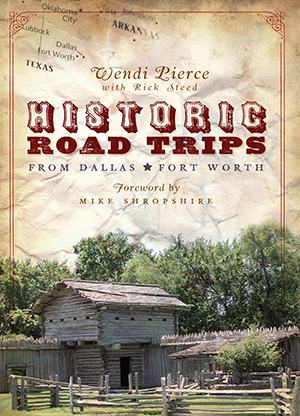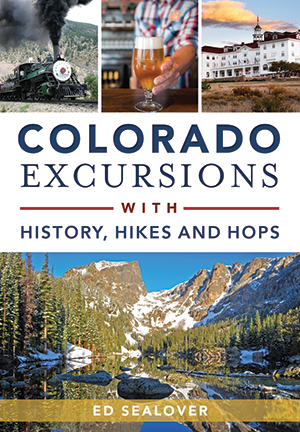
Get ready for you next great adventure — safely! Whether you’d prefer to explore new destinations from the comfort of your own couch or feel like it’s time get out there, we have some books that will inspire your next great adventure. So, where are you headed?
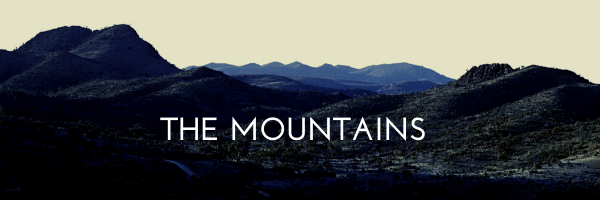
3000 Miles in the Great Smokies by William A. Hart Jr.
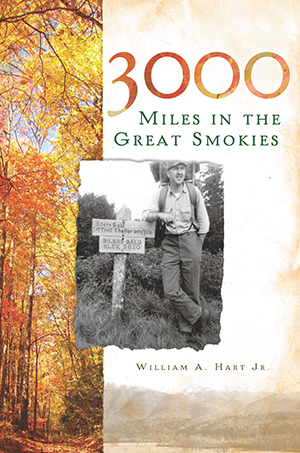
Bill Hart has hiked, camped and fished in the Great Smoky Mountains National Park for more than forty years. In over three thousand miles of walking, he has recorded experiences and impressions that will delight readers of all ages. Whether exploring some of the most remote sections of the Smokies, angling for trout, meeting mountain folk or marveling at the flora and fauna around him, Bill has a gift for heartfelt storytelling and a wealth of knowledge to share about the park. Join him for an unforgettable journey through a beloved national treasure. You can find this book here!
Early Ascents on Pikes Peak by Woody Smith
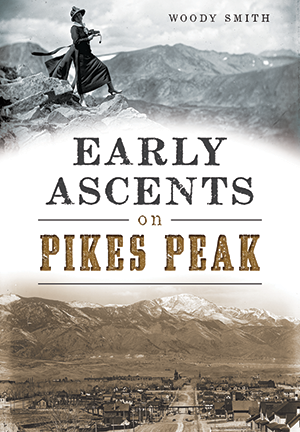
Magnificent Pikes Peak rises dramatically from the Colorado prairie to a height of 14,114 feet above sea level. Visible for one hundred miles around, the granite giant’s magnetic appeal compelled rugged mountaineers more than a century ago to risk loose saddles, electrical storms and even murder on treacherous expeditions to the summit. First known as Long Mountain by the Native Americans who sojourned at its hot springs, Pikes Peak was a full-fledged tourist destination by the 1870s. Eager men and women ventured up and down by foot, horse, burro, stagecoach, rail and bicycle. Colorado Mountain Club historian Woody Smith captures the news of the era to recount the thrill of pioneer days on America’s most famous mountain. You can find this book here!
The Beartooth Highway by Jon Axline
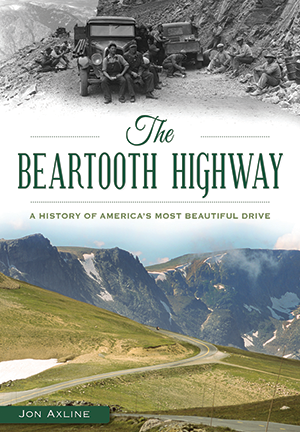
Traversing the spectacular Beartooth Highway in Montana and Wyoming is an unforgettable experience. The unspoiled mountain scenery along the highway inspired famed news correspondent Charles Kuralt to label it “America’s most beautiful drive,” yet the story behind this engineering marvel is largely unknown. It is an epic account of man versus nature to construct a road through unforgiving wilderness. Built during the height of the Great Depression and rising 10,947 feet above sea level, the Beartooth Highway sparked an economic boom in Red Lodge, Cooke City and Yellowstone National Park. Understandably, it continues to leave a profound impression on people privileged to drive it. Historian Jon Axline tells the exciting and colorful narrative behind the origins and construction of the Beartooth Highway. You can find this book here!

Exploring Camano Island: A History & Guide by Val Schroeder
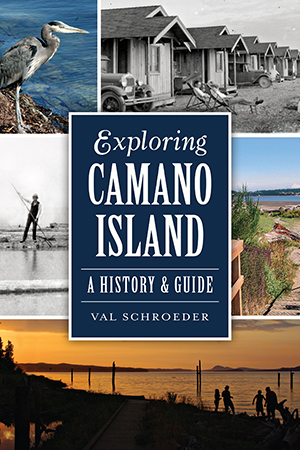
The beaches, forests and wildlife of Washington’s Camano Island offer a treasure-trove of natural beauty and endless recreational possibilities. English Boom Historical Park was once a bustling center for logging and is now a peaceful spot with its uplands, salt marsh, shoreline and tidelands. Davis Slough is named after Reuben Davis, who lived on Camano Island before 1880 and was the oldest settler in the area. The island has historically been used by Native Americans, loggers, farmers and fishermen alike but today is enjoyed by Camano Islanders, who have worked hard to protect and preserve the island’s cherished nature sites. Discover Camano Island with author Val Schroeder as she takes readers on a trek around the location’s best-preserved features while uncovering the unique history behind them. You can find this book here!
Sunshine, Stone Crabs and Cheesecake by Seth H. Bramson
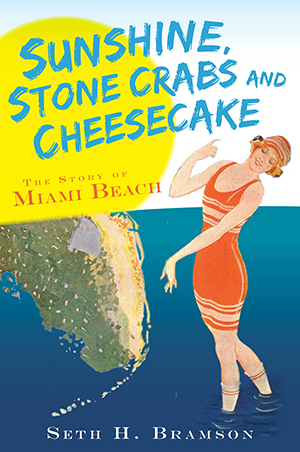
Miami Beach is unrivaled in the annals of American resort history, and nobody in the country can tell its story better than renowned local historian and resident of Miami for more than six decades Seth H. Bramson. From the 1870 arrival of the Lums on an inhospitable mangrove sandbar to a modern-day hospitality mecca, enjoy this beachfront view of the people and places, booms and busts, reinventions and rebirths of one of the greatest resort cities on earth. Featuring nearly two hundred stunning images drawn mostly from previously unpublished private collections, this is truly a one-of-a-kind trip to Miami Beach. You can find this book here!
Gullah Geechee Heritage in the Golden Isles by Amy Lotson Roberts and Patrick J. Holladay, PHD
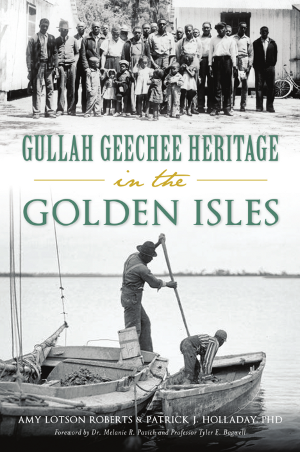
The Golden Isles are home to a long and proud African American and Gullah Geechee heritage. Ibo Landing was the site of a mass suicide in protest of slavery, the slave ship Wanderer landed on Jekyll Island and, thanks to preservation efforts, the Historic Harrington School still stands on St. Simons Island. From the Selden Normal and Industrial Institute to the tabby cabins of Hamilton Plantation, authors Amy Roberts and Patrick Holladay explore the rich history of the region’s islands and their people, including such local notables as Deaconess Alexander, Jim Brown, Neptune Small, Hazel Floyd and the Georgia Sea Island Singers. You can find this book here!
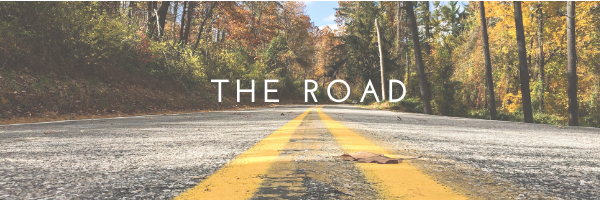
Going-To-The-Sun Road by Bill Yenne

The Going-to-the-Sun Road is rightfully recognized as one of the most spectacular alpine highways in the world and certainly among those in the United States. The landscape is one of peerless beauty, but the road itself is an engineering masterpiece. In 1910, Glacier National Park was created in that million-acre swath of mountains, lakes, and glaciers that the great naturalist George Bird Grinnell called “the Crown of the Continent.” Soon, plans were being made for a road that would take visitors into the heart of this amazing place. The result was the Going-to-the-Sun Road, which has been the centerpiece of the visitor experience in Glacier since it was formally dedicated in 1933. You can find this book here!
Route 66 In Arizona by Joe Sonderman
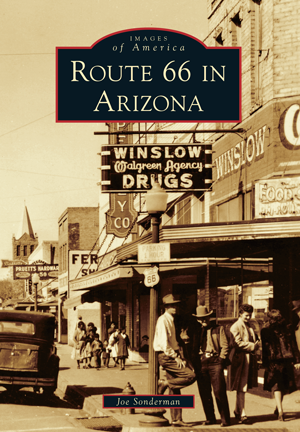
Route 66 in Arizona is a ribbon tying together spectacular natural attractions such as the Grand Canyon, the Petrified Forest, the Painted Desert, and the Meteor Crater. There were plenty of man-made diversions along the way, too. Roadside businesses used Native American and Western imagery to lure travelers to fill up their gas tank, grab a meal, or spend the night. Roadside signs featured shapely cowgirls and big black jackrabbits, or warned of killer snakes and prehistoric monsters. Between wails of “Are we there yet?” children pleaded to stay at motels shaped like wigwams, explore the Apache Death Cave, or pick up a rubber tomahawk at a trading post. You can find this book here!
Pacific Coast Highway in California by Carina Monica Montoya
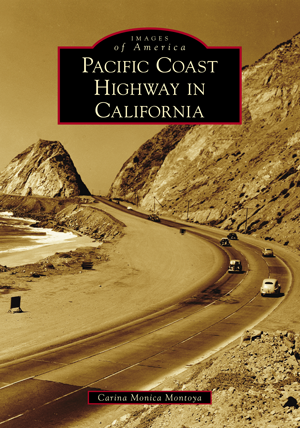
More commonly known as Pacific Coast Highway, State Route 1 ribbons along or near the Pacific Ocean from Northern California at Leggett in Mendocino down to Southern California at San Juan Capistrano in Orange County. Its construction began in 1913 and was done incrementally, largely because of funding issues, shortage of labor, legal challenges, deep canyons, steep mountains, solid rock, and unstable earth. A true modern marvel, its unique and extraordinary construction allows easy access to some of the country’s most famous and historical places and picturesque sights. Thousands of pounds of dynamite were used to blast through granite, marble, and sandstone to build a highway following near or along the coastline. Among the 33 bridges along the route is the remarkable Bixby (Rainbow) Bridge at Big Sur. The highway wends its way through some of the most magnificent and scenic landscapes and historical places found between Ventura and Humboldt Counties, making it more than just a road. It is a destination. You can find this book here!
Related: 6 Books on Legends and Lore To Start Right Now
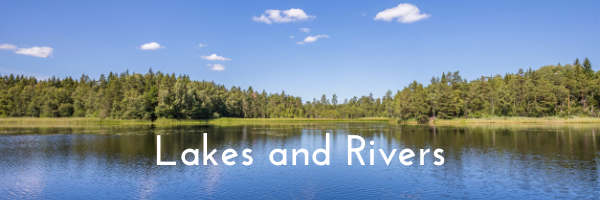
Indiana Beach by W.C. Madden

From its humble beginnings as a place to swim and row a boat, Ideal Beach eventually became Indiana Beach, a small amusement park where families could have good old-fashioned fun. Founded by Earl Spackman in 1926, its popularity was bolstered by the addition of a dance hall that drew the top bands of the nation during the Depression and war years of the 1940s. When Earl passed away, his son Tom continued his legacy, setting Indiana Beach on a course that would make it one of the most popular vacation resorts and amusement parks in the entire Midwest, delighting nearly one million visitors every year. You can find this book here!
Willoughby Lake by Dolores E. Chamberlain
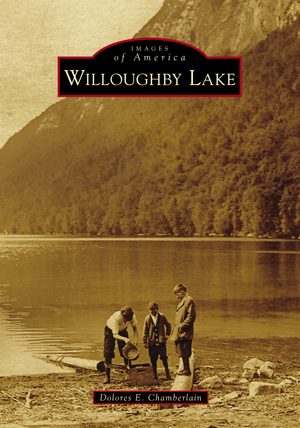
Located in Westmore, Vermont, Willoughby Lake was carved out by a glacier; the latest findings state it is 357 feet deep at its greatest depth, about 5.5 miles long, and 1 mile wide. Mount Hor and Mount Pisgah tower above its tranquil beauty. During Prohibition, Mount Hor was the site of a secret cave harboring a still, accessible only by boat or on foot. The mysterious Arcadia Retreat was built in a very remote area not easily accessible and was left vacant for many years before burning in 1923. Sentinel Rock is situated on a hill high above Westmore with a tremendous view of the lake and valley below. It has been owned by a few different families over the years—most recently the Wright family, who donated the area to the State of Vermont as a park, so that everyone could enjoy the area. Today, visitors enjoy peaceful canoe rides while others brave the icy cold waters as they run into the frigid lake to raise money for various causes. You can find this book here!
Life Along the Apalachicola River by Jim McClellan
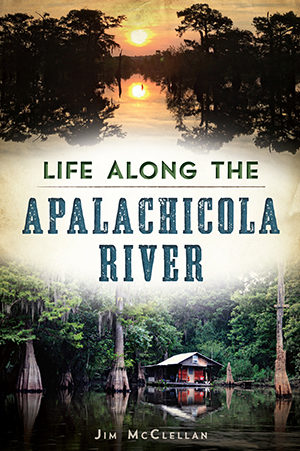
In the Apalachicola River Valley, outdoor adventure is a way of life. It’s a culture of fishing, hunting and everything in between, but this culture is fading as overdevelopment upstream dries up the region’s natural resources. These narratives are part of an effort to capture the memories and keep those traditions alive. The quirky stories include calling a gator to a creek bank, exploring the origin of “Polehenge” and understanding just what makes Catawba worms so special. Learn the basics of frog gigging and ponder how many fish make a “mess.” Author and Florida native Jim McClellan revives local stories from the banks of the Big River and preserves the allure of this fading swamp paradise. You can find this book here!
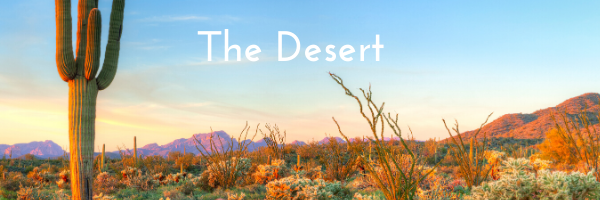
Curiosities of the California Desert by Claudia and Alan Heller
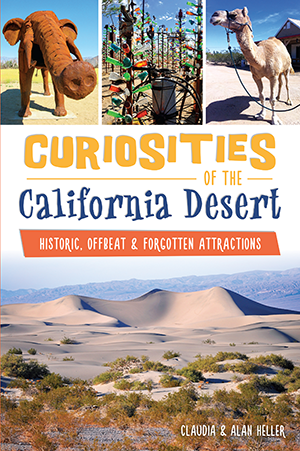
One might not expect to find much in the middle of California’s hot, dry deserts. But to the curious explorer, they’re scattered with strange and extraordinary sights. On old Route 66, the desert traveler can find quirky roadside art and mementos left by motorists. In the El Paso Mountains of the Mojave, the daring adventurer can crawl through a tunnel that was hand dug by an old prospector named Burro Schmidt. In Landers, the weary wanderer can enjoy a rejuvenating “sound bath” in an acoustically perfect dome supposedly designed by aliens. From astounding natural wonders to remnants of ancient civilizations and the Wild West, discover treasures of history, puzzling mystery and uncommon eccentricity alongside seasoned road trippers Alan and Claudia Heller. You can find this book here!
The Mojave Desert by John M. Swisher

A vast land of mineral wealth, eerie beauty, and countless contrasts, the Mojave Desert joined the Union of the United States on September 5, 1850, and became part of the new San Bernadino County three years later. A massive, parched region, its varied terrain rolls eastward from the Antelope Valley to the Colorado River. The nation’s highest temperature on record occurred in this region; on the other extreme, the freezing winters here shroud the land in ice and snow. This thirsty expanse climbs to over 4,000 feet, with a great number of different wildlife forms making their homes among the hills. Featuring over 200 evocative and illustrative images, The Mojave Desert is an entertaining and educational source of information about the area and its unique history. You can find this book here!
Chiricahua Mountains by William Ascarza
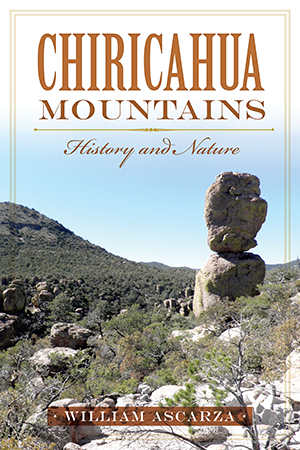
With elevations above nine thousand feet, dense vegetation and unique rock formations, the Chiricahua Mountains are a unique wildlife refuge and natural botanic reserve. Inhabited by Apaches and then homesteaders, the U.S. Cavalry, miners, outlaws and tourists, this range has retained its allure through time. Apache legend Geronimo surrendered in 1886 to General Nelson Miles in Skeleton Canyon, on the east side of the Chiricahuas in the neighboring Peloncillo Mountains. Johnny Ringo and Curly Bill Brocius led the outlaws in the short-lived town of Galeyville. Chiricahua National Monument was created in 1924, and the Civilian Conservation Corps arrived in the 1930s to build trails, rock structures and fire lookouts. Join author William Ascarza as he tours the natural and human histories of this magnificent Arizona mountain range. You can find this book here!
Can’t get enough of the great outdoors? Check out similar titles like the ones below at arcadiapublishing.com!



